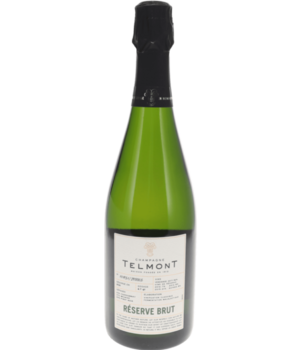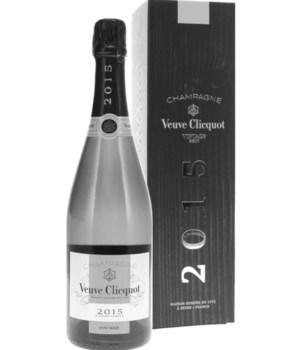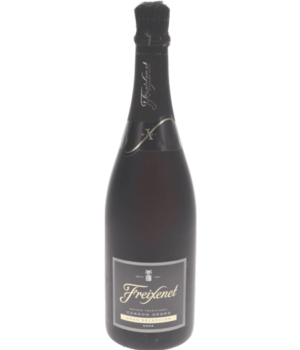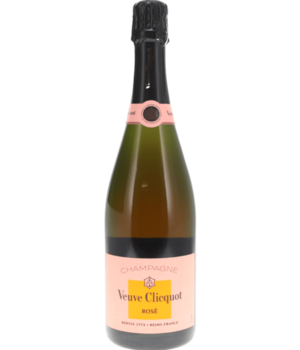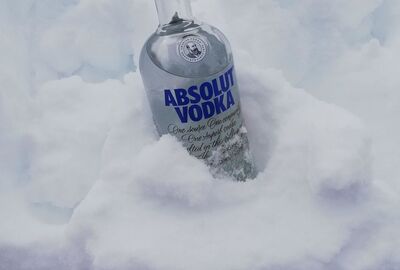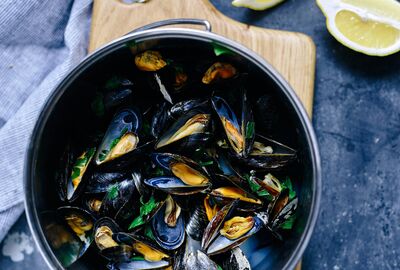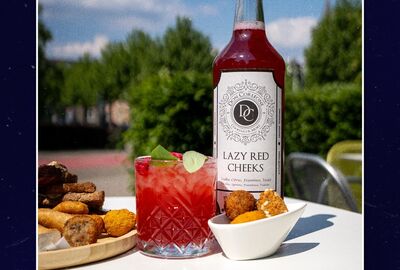
During the festive end-of-year period, the question is often heard: 'Would you like a glass of Champagne or do you prefer Prosecco? We have Cava cold as well.' The answer is usually with a shrug of the shoulders: 'Take your pick, doesn't matter.' Because let's face it, who can explain the difference between these sparkling wines without hesitation? To be well prepared this year, we present here a quick course: 'Chamapgne, Cava, or Prosecco?'
To many, Cava, Champagne and Prosecco look alike at first glance. This is understandable as all three are sparkling wines, which are visually very similar. In addition, all three are synonymous with celebrations, toasts and happy moments. Marketing also contributes to the misconception. Terms like "bubbles" are sometimes used as generic designations, blurring what makes these sparkling wines so unique. But significant differences hide beneath the surface. The distinction comes mainly from the region of origin, the grape varieties used and the production method used.
Origin
Champagne
Champagne comes from the region of the same name in France. Known as the king of sparkling wines, it is produced using the same méthode champenoise, with the second fermentation taking place in the bottle.
Cava
This is a Spanish sparkling wine, mainly produced in the regions of Catalonia. It is traditionally made using the méthode champenoise, which means the wine ferments in the bottle.
Prosecco
Prosecco comes from northern Italy, especially the Veneto and Friuli-Venezia Giulia regions. It is usually produced using the charmat method, in which the second fermentation takes place in stainless steel tanks.
Grape varieties
Champagne
Chardonnay, Pinot Noir and Pinot Meunier are the main grape varieties used in Champagne.
Cava
The main grape varieties for cava are Macabeo, Parellada and Xarel-lo, although other local varieties can also be used.
Prosecco
Glera is the main grape for Prosecco, although small amounts of other grapes can also be added.
Production method
Cava and Champagne
Both are often produced using the méthode champenoise, where the wine undergoes a second fermentation in the bottle, which creates the characteristic bubbles.
Prosecco
Usually produced according to the charmat method, where the second fermentation takes place in tanks. This results in a fruitier and lighter character.
OK the essential differences we can already tick off. Yet a few questions still linger that we, and probably many of you, are left with. Let's take a look...
Which of the three is generally the most expensive: Cava, Champagne or Prosecco?
Champagne is generally the most expensive. The exclusivity of the Champagne region, the traditional production method and the prestige involved contribute to the higher price.
Is there an ideal occasion for serving each of these sparkling wines?
Cava
Cava is suitable for those looking for an affordable alternative to Champagne without sacrificing quality. It suits well for informal gatherings, parties and brunches.
Champagne
Champagne is ideal for people looking for a premium sparkling wine for special occasions. It is often associated with luxury and is suitable for formal events, celebrations and toasts to milestones.
Prosecco
Prosecco is perfect for people looking for a lighter and more accessible sparkling wine. It is ideal for informal gatherings, aperitifs and sunny days.
Are there specific dishes that go well with cava, champagne or prosecco?
Yes, they all go well with different dishes. Champagne goes well with seafood, while Cava pairs well with tapas and Prosecco is often enjoyed with lighter starters.
What does brut, semi-sec and sec mean on the label of a Champagne bottle?
The differences between Champagne brut, semi-sec and sec lie in the amount of sugar added to the wine during the production process, which affects its sweetness.
Brut
This is the most dry variant. Brut contains little to no added sugar, giving it a dry and fresh taste.
Semi-sec
Semi-sec means semi-dry. This champagne contains more sugar than brut, resulting in a slightly sweeter taste. However, it is still less sweet than the next variant.
Sec
contrary to what the name suggests, sec is actually sweeter than brut and semi-sec. It contains a significant amount of added sugar, giving it a softer and sweeter taste.
And so we have come to the end of our blog again. If you are still looking for the perfect end-of-year gift or a bottle of your favourite 'bubbles' (yes, we love that term), Drankenshop Broekmans is the place to be. Feel free to take a look at our webshop or visit our physical shop.
We wish you sparkling holidays!

Marketing • Blogger
As a creative jack-of-all-trades in the marketing world, I also bring that imaginative flair to my drink choices. Whether on a night out, sunny vacation or social gathering with girlfriends, I'm always in my element with a refreshing cocktail in hand. Cocktails have stolen my heart because of the endless possibilities to experiment and explore. My favorite cocktail of the moment is the "Lazy Red Cheeks"! A delicious cocktail using vodka as a base. I love vodka because it mixes perfectly with non-alcoholic drinks. My favorite spirit? Rum!






